At its core, a lead magnet is a marketing tool used on landing pages to generate more leads. In digital marketing, lead magnets are also known as opt-in offers, freebies, gated content, or content upgrades, among others.
Marketers use lead magnets to make their job of capturing quality leads easier and more effective. By offering a resource with information that could potentially bring a lot of value to their website visitors, businesses entice users to hand over their email address in exchange.
Lead magnets have one objective: to maximize the number of users who provide their contact information in exchange for the content offer. For this to work, your offer needs to capture the attention of your buyer persona and deliver real value to them. By winning over your leads with an exclusive and free offer, you pique their interest, build up your email list, and start the lead nurturing process.
Most content upgrades are presented on landing pages, at the end of a blog post, or on social media as sponsored content.
Why you need lead magnets
The key to making opt-in offers work for your lead capture efforts is to present content that is interesting enough for your buyer persona(s). By targeting their specific wants and needs, users are more likely to convert.
Build Brand Awareness
Lead magnets give the general public a chance to learn more about your brand. If a user is not quite sure if your business offers what they are looking for, content upgrades can give them more insight to decide.
By making a free and exclusive offer, your future leads can get a taste of the quality of the service your organization offers. This is true for free trials, free demos, and free initial consultations.
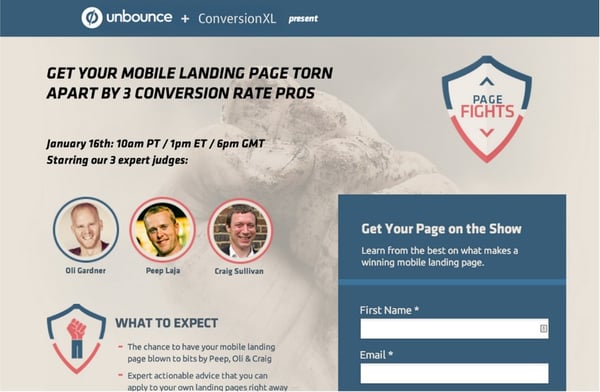
(Source: Venture Harbour)
Learn more about your target leads
Throughout the process of brainstorming, researching, and creating new opt-in content, marketers can learn a lot about their target audience and what a quality leads means for their business.
By researching topics to create content and write about, your team can provide more in-depth answers to questions like who are they? What do they want and need? What solution(s) can solve their pain points?
Increase your conversion rates
If your lead conversion rates could be better, incorporating an opt-in offer to your landing pages may be the answer.
For B2B websites, content upgrades can increase conversion rates up to 15.7%.
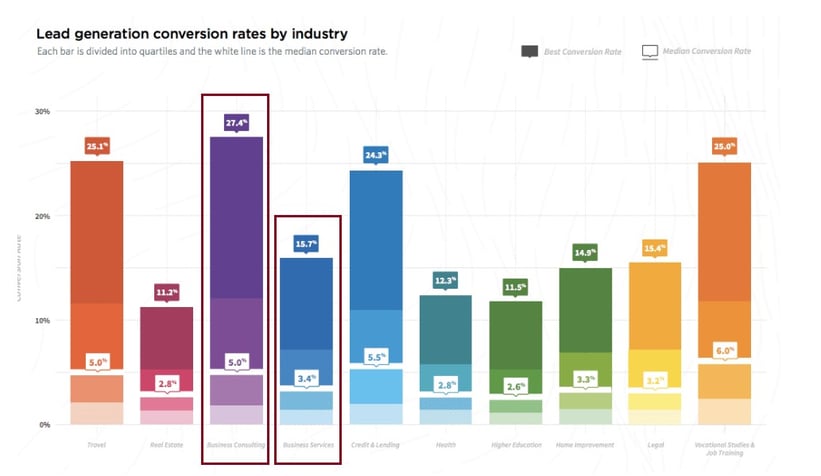
(Source: Crazy Egg)
Build your email list
With each acquired lead, your business’s email list grows.
Email lists give organizations a way to build positive relationships with their potential customers. Leads can learn about the various products and services you offer, learn about your company culture, and any behind-the-scenes moments you choose to share.
Every new and meaningful interaction serves to build a prospect’s trust in your business.
The client buying process and lead magnets
The client buying process, also known as the buyer’s journey, is a vital component every marketers and salesperson needs to understand if they want to capture and nurture the right type of lead.
The buyer’s journey is the combination of stages a prospect goes through before he or she feels ready to become a paying customer.
Because many of your leads who visit your website are not ready to buy, many of them are gathering information on solutions for a problem they are currently struggling with.
One of the benefits of creating lead magnets around the various stages of the buyer’s journey is that your team can nurture prospects instead of trying to sell to them from the get-go.
In this way, leads do not feel you are overly aggressive or that your main objective is to sell them something they may or may not need. Instead, they will think you are considering their specific wants and needs before making a profit.
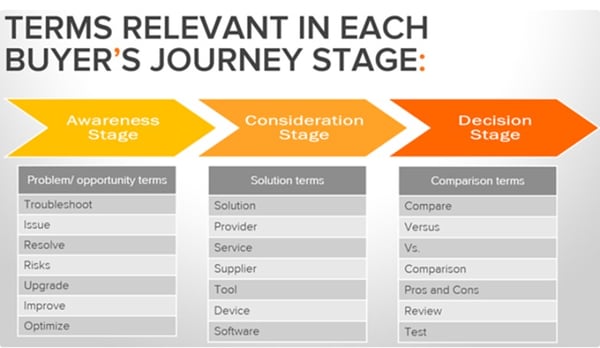
(Source: HubSpot)
As we can see from the image above, each stage has specific needs. Therefore, any content upgrade offer will need to address the needs of your buyer persona based on their current stage and provide a solution.
Making your lead magnets work
Because most B2B companies have multiple buyer personas, no two lead magnets will adequately target these users. Therefore, each gated content you present on your landing pages should target one persona at a time.
The content offer will need to be very specific. The more you polish your lead magnet to target a particular buyer persona and their wants and needs, the more qualified the leads you capture. This is because you are offering just what they need when they need it.
Once you decide which type of prospect to target in your next lead generation campaign, you will have to give them a compelling reason to download your lead magnet or sign up for a free trial or free demo.
Inevitably, the number of leads your lead capture campaigns generate will be directly proportional to the value proposition you present. When you promise (and deliver) a benefit your prospective leads need (see image above), they are likely to require less convincing.
Stages of the buyer’s journey and appropriate content offers
Every stage of the buyer’s journey comes with its specific needs.
For example, a marketing director who knows his team is losing a lot of leads and is researching possible solutions to this problem will not require the same answers as a CPA who is deciding which of two bookkeeping software options integrate the best with his CRM.
Therefore, your content upgrade offers should target a specific stage to ensure that only qualified leads are added to your email list.
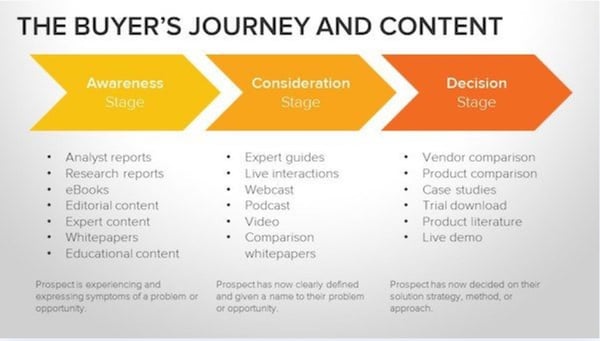
(Source: HubSpot)
The awareness stage
Leads in the awareness stage have recently become aware that they have a problem and require a solution. They may or may not know of possible ways to solve their issue, but they need to research their pain point further before deciding.
Prospects in this stage are often called generic leads, and they are the least qualified to make a purchase.
However, you can target these leads by focusing on nurturing them toward the consideration stage and building a positive relationship with your brand.
Any content directed toward this group needs to be upfront information and require as little sales commitment as is possible.
Lead magnet options for the awareness stage
-
Blog Posts and eBooks
Blog posts are useful for all stages of the buyer’s journey. However, those written for the awareness stage have specific characteristics. They are:
- Informative copy that helps answer common questions,
- Free of sales copy or brand endorsements,
- Beginner-friendly and addresses common concepts, and
- Educational and provide insight into your business’s industry expertise.
When creating awareness stage blog posts, consider all the relevant questions someone may ask about an issue that your product or service offers, including how-to and Q&A content.
- Infographics
An infographic is an engaging graphic that outlines essential information about a topic in a fun and visually attractive way.
Infographics appeal to consumers in the awareness stage because they are easy to understand and are not accompanied by a call-to-action to make a purchase. They are simply fun and informational.
A successful infographic can encourage potential leads to move onto the consideration and decision stages by providing all the information they require to solve their pain point.
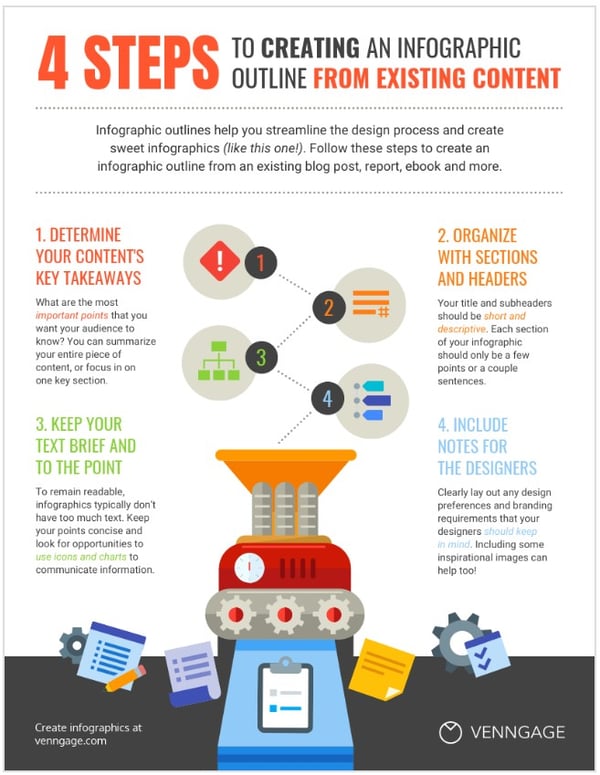
(Source: Venngage)
- Expert content
Information coming from an industry expert in the form of a video or a podcast is a great way to help users understand how to tackle their current problems. By presenting concrete examples of how your business has helped others in their situation, a prospect may feel ready to consider making a purchase.
The consideration stage
A prospect in the consideration stage has a better understanding of their problem or need.
Now, they will evaluate specific products and services to determine which one can provide the best solution.
Prospects in this stage are not ready to buy, but they need help deciding on the best way to solve their issue. Therefore, most people are willing to talk to a salesperson for further guidance.
These leads are called marketing qualified leads (MQLs) and need further nurturing before they decide which brand they will buy from.
Lead magnet options for the consideration stage
- eBooks and other downloadable resources
eBooks and other downloadable resources like guides, cheat lists, sample templates, slide shares, and tips sheets are useful content options. They provide a lot of value and give leads an insight into how your business approaches different problems and the strategies it uses.
eBooks are the most popular lead magnet; 27.7% of marketers use them. Checklists are the third most common content, with 41% of marketers employing them to capture more leads.
- Webinars
Webinars are the second most common lead magnet used by 24.9% of marketers. They can be used in the consideration and decision stages, but it is up to each business to decide which approach fits their product or service the best.
For example, if the content you offer in the awareness stage does a good job at generating quality leads, you can create a webinar to show prospects how your product or service performs against your industry competitors
One way to test if your webinars should be aimed at the consideration or decision stage is to add a CTA to other content that targets the consideration stage. If you notice many users are not signing up, you may want to host a webinar for prospects who are deciding to buy from you.
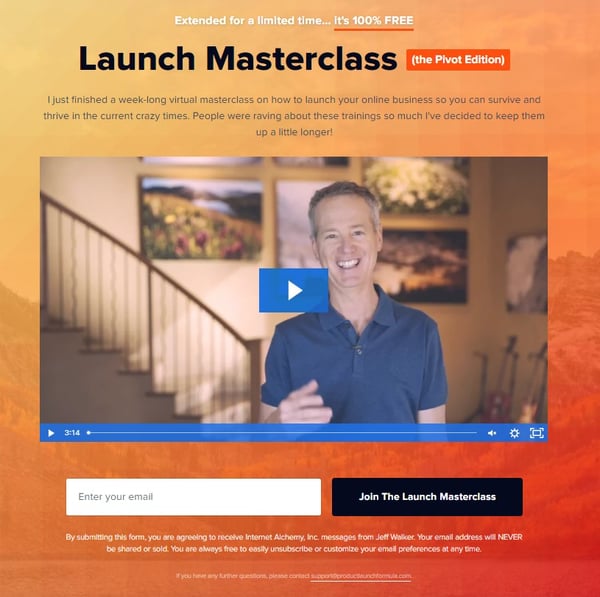
(Source: Product Launch Formula)
- Email video series
Email video series are a fantastic way to provide prospects in the consideration stage tons of value and demonstrate your industry savvy. It also works to give a glimpse of the benefits of doing business with you.
In a video series, your aim should be to explain how your product or service can solve their problem. You want to give them a sample of what you offer; if they want more, they will need to commit to making a purchase.
For this opt-in offer to be successful, your videos need to provide a lot of free value, and you need to be authentic. Keep in mind that any lead who does not feel your video series has lived up to their expectations can unsubscribe from your email list at any time.
Decision stage
In the decision stage, prospects are ready to make a purchase. Often, they have weighed their options and are looking for information on which business to buy from.
In this stage, your team should give these leads significant reasons for why they should choose your organization. Your aim is to present your brand as their best option.
Lead magnet options for the decision stage
- Free trial
Offering a free trial for your product or service has two main benefits: 1) your business can show leads what your product can do, and 2) prospects get to try it out risk-free.
There are two approaches: you can offer a limited-time trial or a limited capability.
Limited-time refers to offering a full range of your product or service for a limited time.
Limited capability means you restrict the product’s functionality, but you hope the functions that do work are enough for them to want more and upgrade.
Whichever option you choose, make sure you have a clear idea of how long the trial will last and which features will be made available during the free trial.
- Live demo
Live demonstrations are an ideal lead magnet to show prospects how your product works and provide additional information they may need to commit to buying it.
They are useful for several reasons:
- Demonstrate that a product does what it claims to do,
- Explains the product’s main benefits and features, and
- Saves time and money.
Live demos help to save time and financial resources for your sales representatives because businesses do not need to worry about sales commissions and travel expenses. Instead, they only need to share a link with prospects.
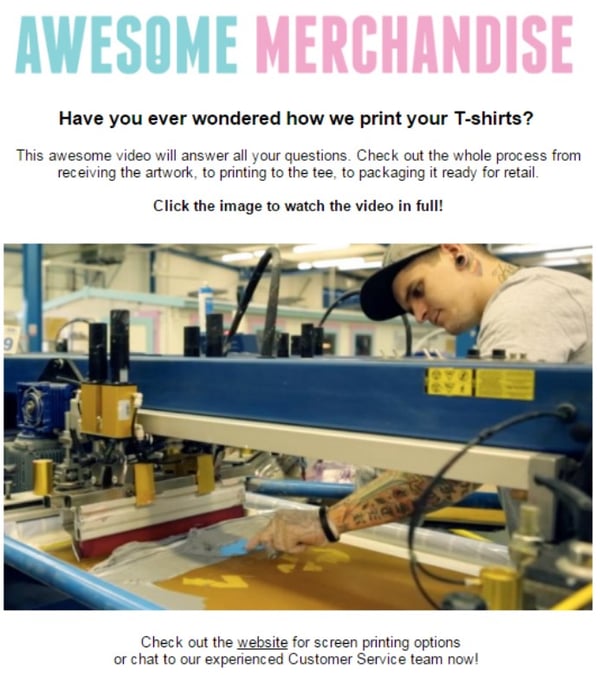
(Source: Constant Contact)
- Product comparison
Creating a PDF or slide share presentation that compares the various features of competing products or services is an effective way to convince prospects to make a purchasing decision.
The key to making product comparison work for you is to create a quality product or service and highlight the features that make it an improved version of its competitors.
Create lead magnets that give solutions
Lead magnets are useful marketing tools that make the lead capture process easier. They work to grow brand awareness and demonstrate the benefits of being their customer.
By offering quality content such as eBooks, blog posts, email video series, and product comparisons, marketers can highlight their business’s industry expertise and guide potential customers throughout the buyer’s journey.
When lead magnets target a specific buyer persona and create content offers that provide solutions to common buyer problems, they are likely to capture more quality leads successfully.




